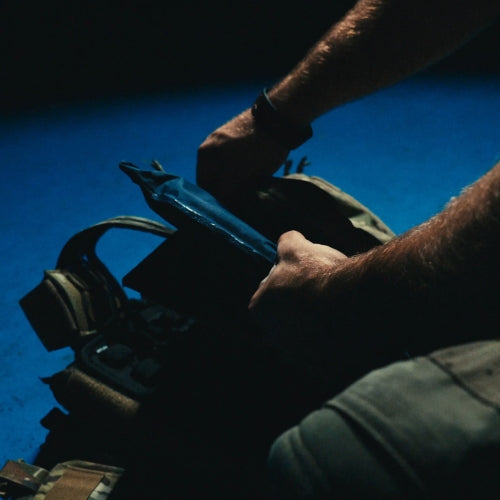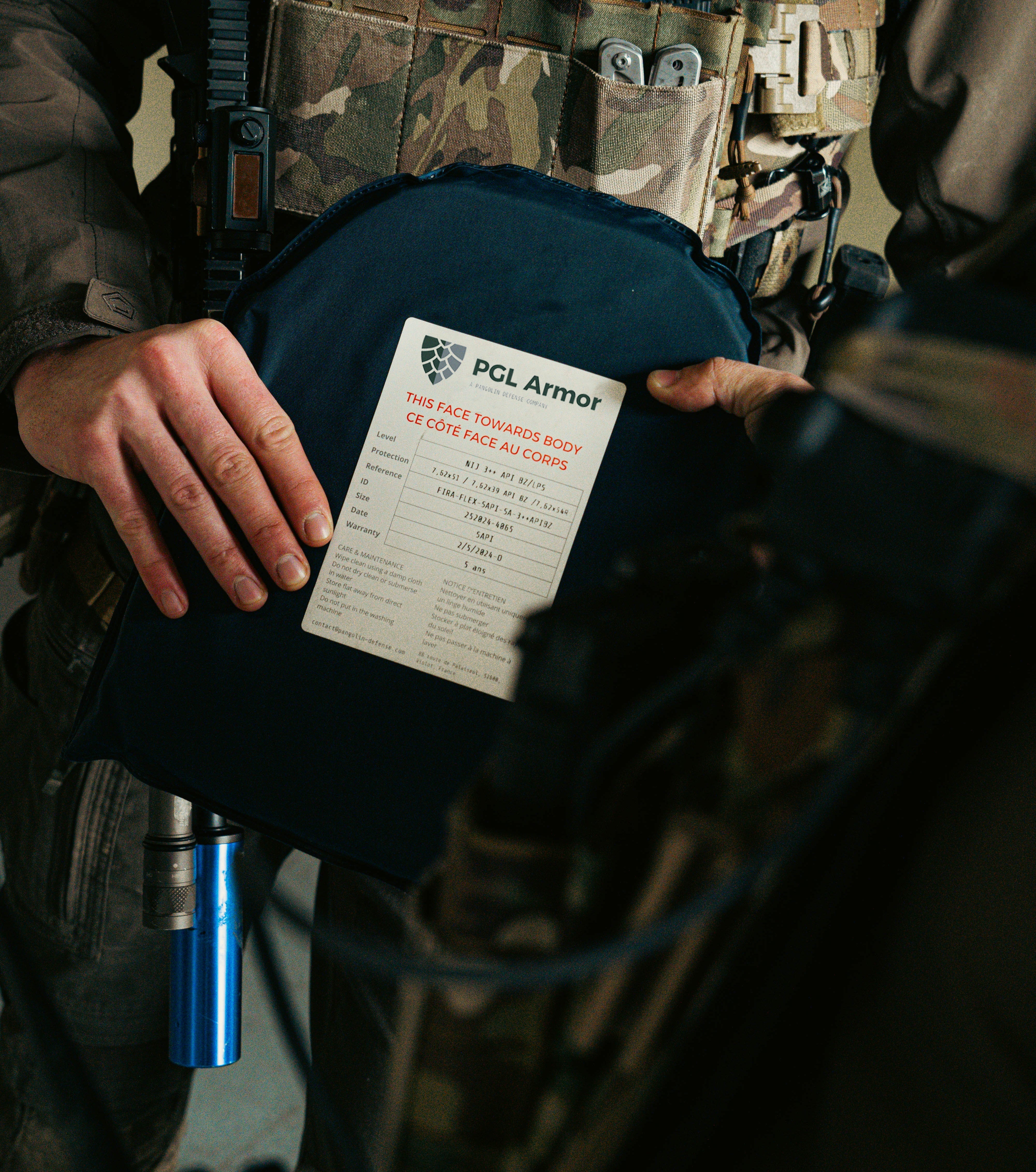
Ballistic Protection: Flexible Plates
Ballistic Protection: Flexible Plates
In the field of ballistic protection, there are primarily two types of plates: rigid plates and flexible plates. The choice between the two generally depends on the missions of various operators. While both types comply with the same NIJ standards—ensuring an equivalent level of protection—their distinct characteristics influence the choice based on specific user needs.
Manufacturing of Flexible Ballistic Plates
Our flexible ballistic plates are designed to provide both protection and flexibility. The structure begins with a resin layer in which ceramic hexagons are embedded and evenly distributed to disperse the impact energy across the entire surface. To enhance stopping power and ensure structural integrity, a layer of ballistic fiber is added to the back. This composition gives the plates significant flexibility, unlike traditional rigid plates.
Benefits of Flexible Plates
🔹 Superior Comfort: Comfort is a major advantage of flexible plates. By conforming to the shape of the body, they provide a less restrictive feel compared to rigid plates—especially appreciated during long vehicle patrols or missions requiring heavy equipment.
🔹 Improved Mobility: One of the main benefits of flexible plates is their ability to enhance the user's mobility. Their flexibility allows for better freedom of movement in actions like crawling, bending, or kneeling.
🔹 Shock Resistance: Unlike rigid plates that may crack upon impact, flexible plates absorb and disperse shock energy without compromising structural integrity. This is especially advantageous during intense physical contact, such as takedowns.
🔹 Extended Durability: Thanks to their shock resilience and reduced risk of cracking, flexible plates enjoy a longer lifespan. They are less likely to suffer damage that could reduce their bullet-stopping capability, ensuring long-lasting protection over time.
Conclusion
Flexible ballistic plates offer numerous advantages, making them especially suitable for regular use. While rigid plates may be appropriate in scenarios where higher cost and minimal weight are justified, flexible plates stand out for their versatility and adaptability in various operational situations. For agents needing reliable protection without sacrificing comfort or mobility, flexible plates are an optimal solution.


